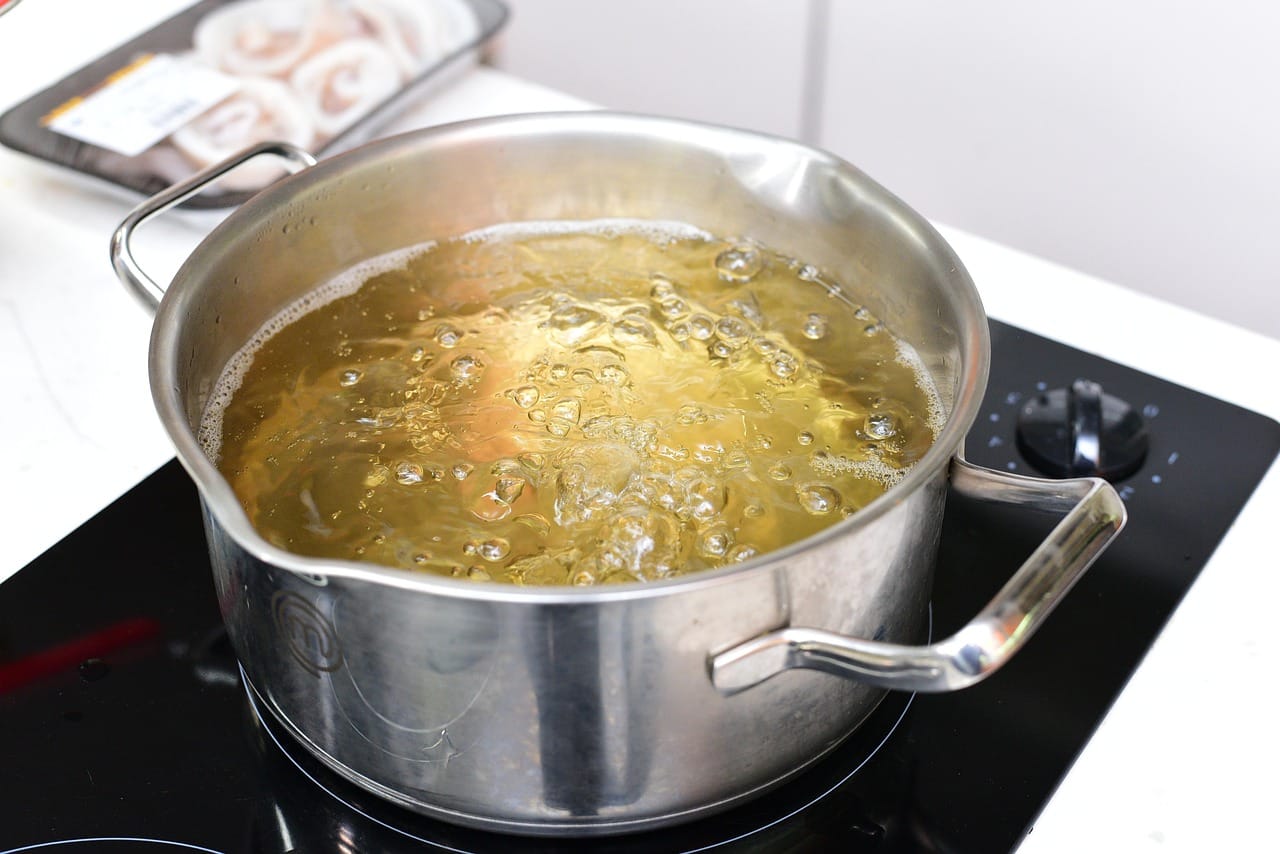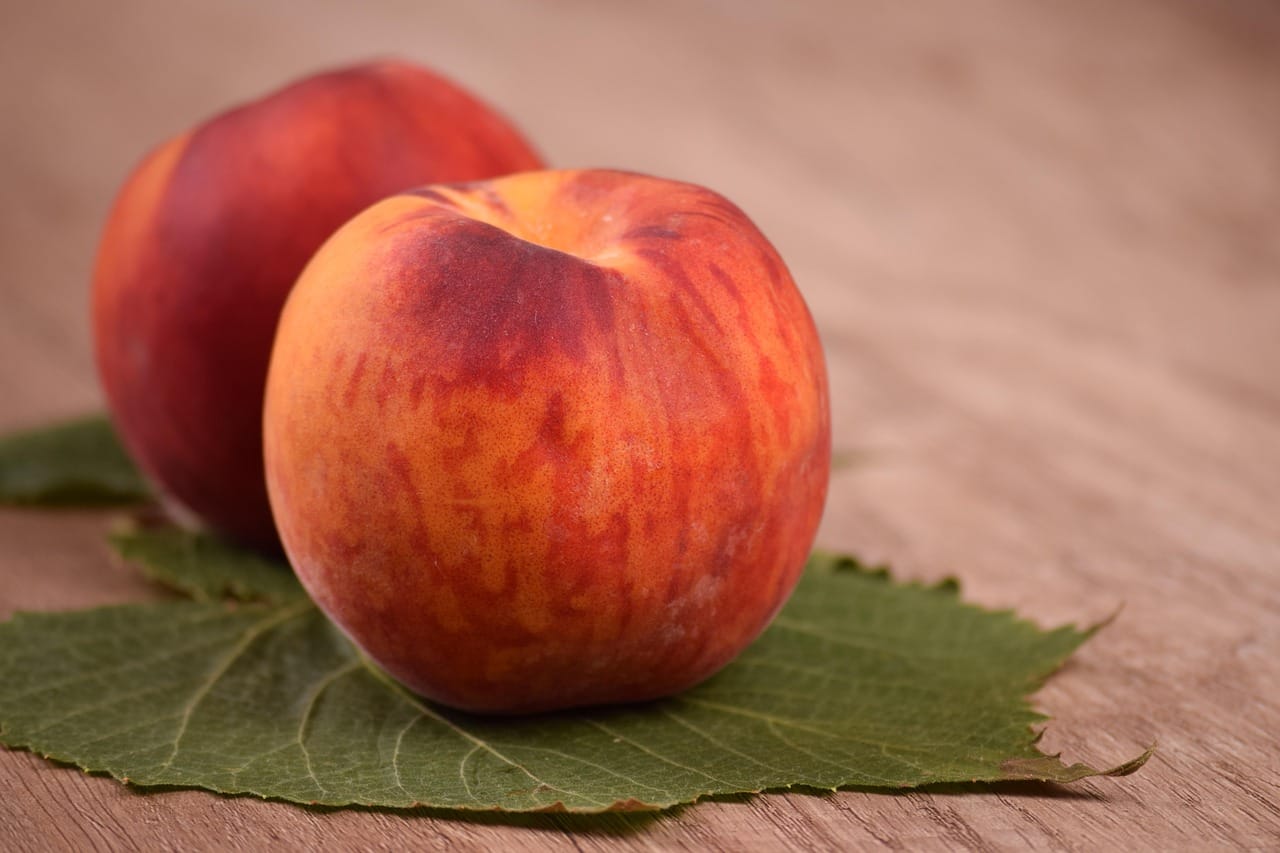Hummus, that creamy, dreamy dip originating from the Middle East, has taken the world by storm. More than just a tasty treat, it’s a versatile staple packed with nutrients and a delightful addition to countless meals. Whether you’re a seasoned foodie or just starting to explore global flavors, this comprehensive guide will delve into everything you need to know about hummus.
The Origins and History of Hummus
Ancient Roots
Hummus’s history stretches back centuries, with evidence suggesting variations of the dish existed in ancient Egypt. However, the hummus we know today is believed to have originated in the Levant region, encompassing countries like Lebanon, Syria, and Palestine. Chickpeas, the star ingredient, were cultivated in the area as early as 6000 BC. The earliest known written recipes approximating modern hummus date back to 13th-century cookbooks.
Regional Variations
While the core ingredients remain consistent, hummus recipes vary across regions and even within individual households. Some prefer a smoother texture, while others enjoy a slightly chunkier consistency. Variations can include:
- Lebanese Hummus: Often features a generous swirl of olive oil and a sprinkle of paprika.
- Palestinian Hummus: Known for its creamy texture and frequent use of whole chickpeas as a garnish.
- Israeli Hummus: Widely popular and commercially produced, often served with toppings like pickles and hard-boiled eggs.
- Turkish Hummus: May include roasted red peppers or other local ingredients.
Decoding the Ingredients
The Core Four: Chickpeas, Tahini, Lemon Juice, and Garlic
The magic of hummus lies in the harmonious blend of simple ingredients:
- Chickpeas (Garbanzo Beans): The foundation of hummus, providing a creamy texture and plant-based protein. Use dried chickpeas for the best flavor, soaking them overnight and cooking them until very tender. Canned chickpeas are a convenient alternative.
- Tahini: A paste made from ground sesame seeds, adding richness, nutty flavor, and a crucial component of hummus’s signature taste. Opt for a high-quality tahini for the best results.
- Lemon Juice: Brightens the flavors, adds acidity, and helps balance the richness of the tahini. Freshly squeezed lemon juice is always preferred.
- Garlic: Provides a pungent, aromatic kick. Adjust the amount to your preference – some like it subtle, others bold.
Optional Additions and Enhancements
Beyond the core four, many recipes incorporate other ingredients to enhance the flavor and texture:
- Olive Oil: Contributes to the smooth texture and adds a fruity flavor. Extra virgin olive oil is a great choice for drizzling on top.
- Water or Ice: Helps achieve a smoother, lighter consistency. Using ice water can also create a fluffier texture.
- Spices: Cumin is a common addition, adding warmth and depth. Paprika, sumac, and chili powder can also be used for flavor and color.
Making Hummus at Home: A Step-by-Step Guide
Preparing the Chickpeas
This is the most crucial step for achieving smooth, creamy hummus.
Blending to Perfection
Troubleshooting Hummus Issues
- Hummus is too thick: Add more cooking liquid or ice water, one tablespoon at a time, until it reaches the desired consistency.
- Hummus is grainy: Ensure the chickpeas are cooked until very tender. Use a high-powered food processor and process for a longer time.
- Hummus is bitter: This is often caused by low-quality tahini. Try using a different brand of tahini.
- Hummus lacks flavor: Add more lemon juice, garlic, cumin, or other spices to taste.
Hummus: A Nutritional Powerhouse
Key Nutrients
Hummus is a surprisingly nutritious food, offering a variety of health benefits:
- Plant-Based Protein: Chickpeas are a great source of protein, making hummus a satisfying and filling snack or meal.
- Fiber: High in dietary fiber, hummus promotes digestive health and helps regulate blood sugar levels.
- Healthy Fats: Tahini provides healthy fats, including monounsaturated and polyunsaturated fats, which are beneficial for heart health.
- Vitamins and Minerals: Hummus is a good source of iron, folate, phosphorus, and manganese.
- Antioxidants: Chickpeas and tahini contain antioxidants that help protect against cell damage.
Health Benefits
Regular consumption of hummus may contribute to:
- Improved Digestive Health: The high fiber content supports a healthy gut microbiome.
- Weight Management: The combination of protein and fiber can promote satiety and help control appetite.
- Heart Health: Healthy fats and fiber contribute to cardiovascular well-being.
- Blood Sugar Control: Fiber helps regulate blood sugar levels, making hummus a good choice for individuals with diabetes.
- Reduced Inflammation: Some studies suggest that chickpeas may have anti-inflammatory properties.
Potential Allergens
The main allergen concern in hummus is sesame, due to the use of tahini. Individuals with sesame allergies should avoid hummus or seek out sesame-free alternatives. Chickpea allergies are less common but can occur.
Serving Suggestions and Creative Uses
Classic Pairings
Hummus is traditionally served as a dip with:
- Pita Bread: A staple pairing, offering a soft and fluffy accompaniment.
- Vegetable Sticks: Carrots, celery, cucumbers, and bell peppers are healthy and crunchy options.
- Crackers: Choose whole-grain crackers for added fiber.
Beyond the Dip: Innovative Applications
Don’t limit hummus to just a dip! Explore these creative uses:
- Spread on Sandwiches and Wraps: Use hummus as a healthier alternative to mayonnaise or other spreads.
- Salad Dressing: Thin out hummus with lemon juice and olive oil for a creamy and flavorful salad dressing.
- Base for Pizza or Flatbreads: Spread hummus on pizza dough or flatbreads before adding toppings.
- Ingredient in Vegan or Vegetarian Dishes: Incorporate hummus into veggie burgers, stuffed peppers, or pasta sauces.
- Topping for Grain Bowls: Add a dollop of hummus to your favorite grain bowls for added flavor and protein.
- Marinade for chicken or tofu: Adds a layer of flavor and keeps the protein moist.
Conclusion
Hummus is more than just a dip; it’s a versatile, nutritious, and delicious food that can be enjoyed in countless ways. From its ancient origins to its modern-day popularity, hummus has captured the hearts (and stomachs) of people around the world. By understanding the ingredients, mastering the preparation, and exploring creative serving suggestions, you can unlock the full potential of this culinary staple and enjoy all the health benefits it has to offer. So, grab some chickpeas, tahini, and lemon juice, and embark on your own hummus adventure!




